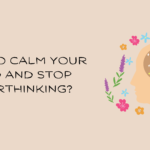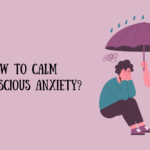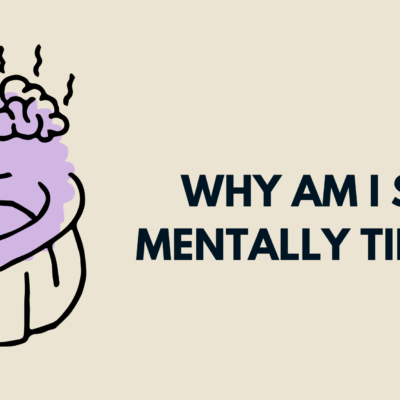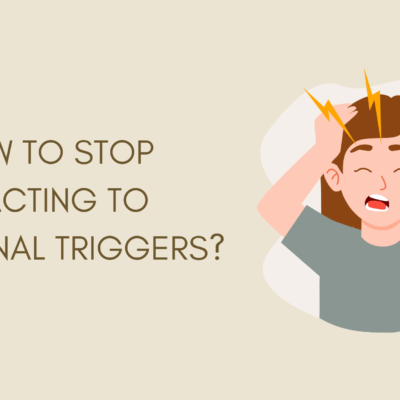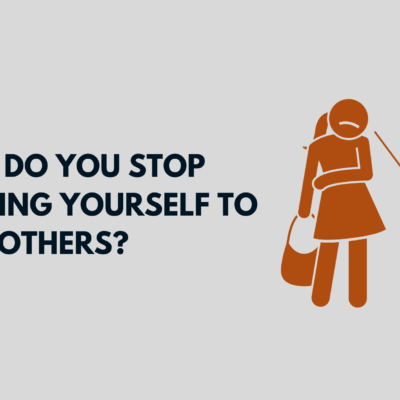How to Calm Your Mind When You Are Angry: Anger is a natural human emotion—everyone feels it from time to time. It can arise from stress, frustration, injustice, personal conflicts, or even small daily annoyances. While anger itself isn’t inherently bad, how we deal with it determines whether it leads to personal growth or destructive outcomes. Learning to calm your mind when you’re angry can lead to better relationships, improved mental health, and a more peaceful life.
In this article, we’ll explore why we get angry, how it affects us, and—most importantly—practical, evidence-based techniques to calm your mind in the heat of the moment.
Also Read:
Understanding Anger: What Happens in the Brain
When you get angry, your body goes into fight-or-flight mode. The amygdala, the part of your brain responsible for emotional reactions, sends signals that increase heart rate, tighten muscles, and release stress hormones like cortisol and adrenaline. This reaction is meant to protect you from danger—but in modern life, it often gets triggered in non-life-threatening situations.
If not managed well, anger can lead to:
- High blood pressure
- Anxiety and depression
- Strained relationships
- Poor decision-making
- Insomnia
That’s why it’s so important to develop healthy coping strategies.
1. Take a Pause Before Reacting
When you feel anger rising, pause before reacting. This small gap between stimulus and response gives your rational mind (prefrontal cortex) time to intervene.
Try this:
- Count to 10 slowly in your mind.
- If needed, step away from the situation—go to another room, take a walk, or excuse yourself politely.
This pause helps prevent regretful words or actions. It lets the emotional storm settle before you act.
2. Focus on Your Breathing
One of the most powerful and immediate tools for calming your mind is deep breathing. When you’re angry, your breathing becomes shallow and fast. By reversing this pattern, you signal your nervous system to relax.
Technique: Box Breathing (used by Navy SEALs):
- Inhale for 4 seconds
- Hold for 4 seconds
- Exhale for 4 seconds
- Hold for 4 seconds
Repeat for 1–2 minutes. You’ll feel the intensity drop as your body shifts into a calmer state.
3. Identify the Root Cause
Ask yourself:
- “What exactly am I angry about?”
- “Is this reaction really about the current moment, or is it connected to something deeper?”
Often, anger masks other emotions like hurt, fear, or helplessness. By identifying the real source, you gain clarity and reduce the emotional charge.
Journaling or talking to a trusted friend/therapist can help uncover these hidden layers.
4. Practice Grounding Techniques
Grounding helps bring you back to the present moment and away from the spiral of angry thoughts.
Popular methods:
- 5-4-3-2-1 Technique:
- 5 things you can see
- 4 things you can touch
- 3 things you can hear
- 2 things you can smell
- 1 thing you can taste
- Cold water splash: Washing your face or holding ice cubes can interrupt the anger response.
These techniques engage your senses and calm your overactive mind.
5. Use “I” Statements to Express Yourself
Uncontrolled anger often leads to blame:
“You always ignore me!”
“You never listen!”
Instead, use “I” statements to express how you feel without accusing others.
Example:
- ❌ “You’re so selfish!”
- ✅ “I feel hurt when I’m not included in decisions.”
This reduces defensiveness and opens the door for better communication.
6. Move Your Body
Physical activity is a powerful outlet for pent-up anger.
Try:
- Going for a brisk walk
- Jogging or cycling
- Doing yoga or stretching
- Even punching a pillow or squeezing a stress ball
Exercise releases endorphins, your brain’s natural feel-good chemicals, and reduces the level of stress hormones.
7. Reframe the Narrative
Anger often arises from how we interpret events—not just the events themselves.
Ask yourself:
- “Is there another way to look at this?”
- “Could they be having a bad day?”
- “Am I assuming the worst?”
Reframing helps you move from blame to understanding, which dissolves anger and builds empathy.
8. Limit Stimulants and Triggers
Certain habits and environments make us more prone to anger:
- Caffeine and sugar can intensify irritability.
- Lack of sleep lowers emotional regulation.
- Toxic environments or constant negativity on social media can fuel rage.
Start identifying your personal triggers and make small lifestyle changes—improved diet, sleep, and digital boundaries—to maintain emotional balance.
9. Try Mindfulness or Meditation
Mindfulness teaches you to observe thoughts without reacting. When practiced regularly, it creates a gap between stimulus and response, giving you more control over anger.
Start simple:
- Sit quietly for 5 minutes
- Focus on your breath
- When thoughts arise, just notice them and gently return to the breath
Apps like Headspace, Insight Timer, or Calm can guide you if you’re new to meditation.
10. Keep an Anger Journal
Whenever you feel angry, write it down:
- What triggered it?
- How did you react?
- What could you have done differently?
This habit helps you recognize patterns, reflect on your growth, and track your emotional health over time.
11. Use Creative Outlets
Anger is energy. Channel it into something productive:
- Write a poem or song
- Paint or draw
- Dance or play music
Art is therapy. Expressing anger creatively can turn pain into beauty and confusion into clarity.
12. Practice Forgiveness (Even If They Don’t Apologize)
Holding on to anger is like “drinking poison and expecting the other person to die.” Forgiveness isn’t about saying what happened was okay—it’s about freeing yourself from the grip of anger.
Start small. Forgive in your heart, not for them, but for your own peace.
13. Seek Support if Needed
If your anger feels unmanageable, or if it’s hurting your relationships, work, or health—it may be time to seek professional help.
Anger management therapy, cognitive behavioral therapy (CBT), or support groups can teach you tools and strategies tailored to your needs.
Remember, asking for help is a sign of strength—not weakness.
14. Use Affirmations and Self-Talk
Positive self-talk can interrupt the inner critic that often fans the flames of anger.
Examples:
- “This feeling will pass.”
- “I am in control of my reactions.”
- “I choose peace over conflict.”
Say them out loud or repeat them mentally when you feel yourself getting worked up.
15. Build a Daily Calmness Routine
Preventing anger is often more effective than controlling it in the moment. Incorporate calming habits into your day:
- Morning meditation
- Gratitude journaling
- Evening walks
- Limiting screen time before bed
Think of it as emotional fitness—the more you practice, the stronger your calm becomes.
Conclusion: You’re Not Your Anger
Anger is a messenger—not a master. It tells you something needs attention, a boundary may have been crossed, or a wound is still unhealed. But you get to choose how to respond.
Learning to calm your mind when you’re angry isn’t about suppressing emotion—it’s about channeling it consciously. With practice, patience, and compassion (especially for yourself), you can transform anger into awareness, pain into purpose, and reactions into wise responses.
So the next time anger rises like a storm—pause, breathe, and remember:
You are not the storm. You are the sky.

